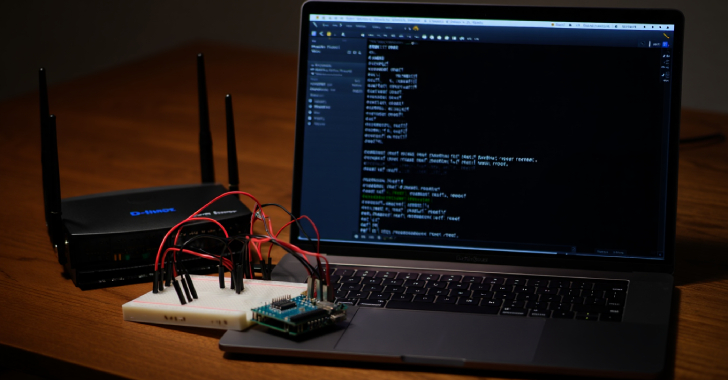
A How-To Guide for a Cyber Security High-Level Risk Assessment
In the digitized age where data is the currency, ensuring the security of this valuable asset is paramount. Organizations of all sizes are increasingly aware of the implications of data breaches, prompting a focus on cyber security. One of the essential steps in maintaining robust cyber security is conducting a High-Level Risk Assessment. This process enables organizations to identify, analyze, and evaluate risks, helping in the formulation of effective strategies to mitigate them. This guide walks you through the steps of conducting a high-level cyber security risk assessment.
Step 1: Define the Scope
Defining the scope is the cornerstone of a risk assessment. Determine which systems, applications, data, and processes will be included. Be clear about the boundaries, considering internal and external systems, networks, and data exchanges. Assessing the entire organizational structure can be overwhelming; hence, prioritizing critical assets is key.
Step 2: Identify Assets and Resources
List all the assets within the defined scope. This includes hardware, software, data, processes, and human resources. Classify these assets based on their importance and functionality. Critical assets are those whose compromise could significantly impact the organization’s operations and reputation.
Step 3: Identify Threats and Vulnerabilities
Identify potential threats to each asset. Threats could be natural, like earthquakes and floods, or human-made, such as cyber-attacks, insider threats, or errors. Identify vulnerabilities, which are weaknesses that can be exploited by threats. Use sources like vendor notifications, security advisories, and vulnerability databases to gather information on known vulnerabilities.
Step 4: Assess Existing Security Measures
Evaluate the existing security controls and measures in place. This includes technical controls like firewalls and antivirus software, administrative controls like policies and procedures, and physical controls like biometric access. Assess how effective these controls are in mitigating the identified risks.
Step 5: Determine Risk Likelihood and Impact
Assess the likelihood of each identified risk occurring, considering the existing controls. Evaluate the potential impact on the organization if the risk materializes, in terms of financial loss, reputation damage, operational disruption, and legal implications. A risk matrix can be helpful in categorizing risks as low, medium, high, or critical.
Step 6: Prioritize Risks
Based on the likelihood and impact, prioritize the risks. This helps in allocating resources effectively for risk mitigation. Risks with high likelihood and impact should be addressed first, followed by those with lower likelihood or impact.
Step 7: Develop a Mitigation Strategy
For each prioritized risk, develop a mitigation strategy. This could include implementing additional security controls, enhancing existing measures, adopting new technologies, or modifying organizational processes. Consider the cost-effectiveness and feasibility of each strategy. In some cases, accepting the risk or transferring it (e.g., through insurance) might be appropriate.
Step 8: Document the Assessment
Thoroughly document the risk assessment process, findings, decisions, and planned actions. This documentation serves as a baseline for future assessments, an audit trail for compliance purposes, and a reference for incident response planning.
Step 9: Communicate Findings and Strategies
Communicate the assessment results, risk prioritization, and mitigation strategies to relevant stakeholders. This may include top management, IT staff, department heads, and external partners. Ensuring that stakeholders understand the risks and committed actions is crucial for effective implementation.
Step 10: Monitor and Review
Risk landscapes are dynamic, with new threats and vulnerabilities emerging regularly. Continuously monitor the cyber security environment, and review the risk assessment periodically. Update the assessment based on changes in assets, technologies, threats, vulnerabilities, and business processes.
Challenges and Best Practices
Conducting a high-level risk assessment poses several challenges. Limited resources, evolving threats, and complex IT environments can impede the process. Adhering to best practices like utilizing risk assessment frameworks (e.g., NIST SP 800-30), engaging diverse stakeholders, leveraging threat intelligence, and maintaining a balance between business needs and security requirements can enhance the assessment’s effectiveness.
Conclusion
A cyber security high-level risk assessment is an indispensable process for organizations aiming to safeguard their valuable assets in a dynamically evolving threat landscape. By systematically identifying and analyzing risks, organizations can formulate informed strategies to mitigate them, thereby bolstering their cyber security posture. While challenges are inherent, adhering to structured steps and best practices can enable organizations to navigate the complexities and build a resilient cyber environment. Regular reviews and updates ensure the ongoing relevance and effectiveness of the risk assessment, fostering a proactive approach to cyber security.
Contact Cyber Defense Advisors to learn more about our High-Level Risk Assessment solutions.





